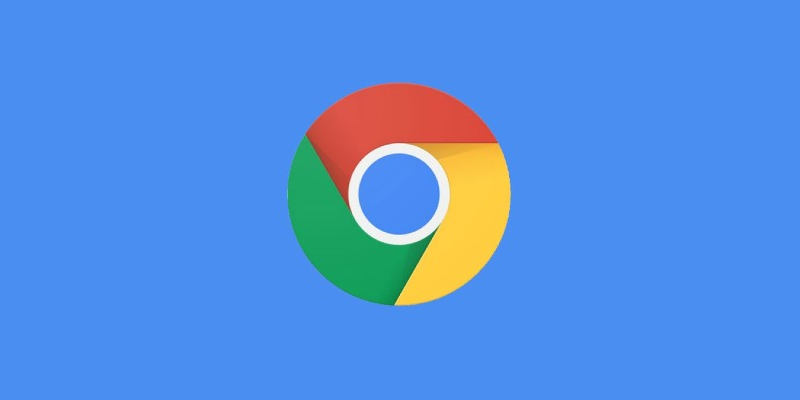The growth of streaming via connected TVs has blown open the debate about the very definition of TV. This isn’t just a philosophical debate – it matters since many advertisers put specific value on advertising next to TV content, given the connotations around quality, brand safety, and the viewing experience. A number of those streaming businesses who are relatively new to the living room are thus keen to adopt this TV label for themselves.
YouTube is one of those claiming a seat at TV’s table. But unlike other newer entrants like Netflix and Amazon Prime, and Disney+ , its offering at a glance looks very different from traditional TV. While it does host professionally produced content, and even full episodes of TV content owned or commissioned by TV broadcasters, it’s also home to a tonne of user-generated content. For some – often those working on the broadcaster side – this means it doesn’t fit the standard definition of TV.
But YouTube has the stats to support its push for TV ad money.
For a start, regardless of what those in the industry think, consumers increasingly view YouTube as TV. Last month, YouTube released a survey where nearly 75 percent of respondents said their definition of TV covers streaming services including Netflix, Amazon Prime, and YouTube.
And YouTube viewing habits on connected TVs aren’t too dissimilar from other forms of TV. Erica Probst, head of YouTube sales UK & Ireland, says that 60 percent of content that people watch on YouTube on their TV sets is 21 minutes or longer. That’s at least as long as a standard short episode of a TV show.
“I think there’s sometimes a heritage view of YouTube, and what people are watching on it,” said Probst. “But actually, what we’re finding is that when people are watching YouTube on the TV, in the majority of cases, they’re watching long form content.”
Some point to YouTube’s push into ultra-short form content, via YouTube Shorts, as running counter to its TV ambitions. But Probst says growing YouTube’s CTV viewership can go hand in hand with growing YouTube’s Shorts viewership.
“We feel like YouTube is really unique [with the range of streaming services], because we have that mixture of multi format, multi screen experiences,” she said. “That creates not only a depth to the viewing, but a breadth as well. You have the long form content that you’re enjoying on your TV, and the short form content that you might be enjoying on YouTube Shorts on your mobile, and the ability to move fluidly between them. So you might discover something new on Shorts, and then go deeper on that content later, when you’re in front of your TV.”
And aside from anything else, audiences are tuning into YouTube on their TV screens more than they’re tuning into most CTV apps. In the US, Nielsen has placed YouTube as the most watched streaming service for months now. In figures from September, YouTube accounted for 9.0 percent of all TV viewing time in the US, above Netflix (7.8 percent), Amazon Prime Video (3.6 percent), Hulu (3.6 percent) and Disney+ (1.9 percent).
Adapting to TV…
In order to meet advertisers’ expectations around TV, YouTube has been evolving its ad offering on a number of fronts.
One such move has been the launch of a new 30-second unskippable ad format which runs specifically on CTV viewing sessions. YouTube already ran longer ad breaks on CTV, showing two 15 second spots back-to-back (which Probst says fits with viewers’ preferences for fewer interruptions, and fewer ads in a single break within CTV viewing). But YouTube started running 30-second ads in the US back in May, and has now launched the format in the UK as well.
The obvious benefit for advertisers here is that it allows them to run their 30-second TV spots on YouTube’s CTV viewing as well.
“From a creative point of view, advertisers are always looking to extend the reach of their creatives beyond traditional channels, but they have constraints about how many versions of a creative they can produce and they’re limited in production budgets, especially in today’s economy,” said Probst. “I’ve also talked to a lot of advertisers who are still building the 30-second ad as the primary asset, and primary storytelling vehicle, within their campaigns. So by bringing that back onto YouTube, within the CTV environment, brands are able to leverage that asset to get more bang for their buck.”
Probst says it delivers efficiency on the media buying front as well. YouTube’s research has found that when brands buy against all adults on YouTube and TV together, they get a ten percentage point increase in incremental reach.
And even on the targeting front, the new format in most cases looks similar to a TV buy. The 30-second format is available within YouTube Select, a curated selection of YouTube’s top content. In the UK, 55 percent of this inventory is viewed on TV screens. And Probst said that while brands are able to layer on more granular targeting if they choose, most prefer not to.
“Most of the time, brands will buy that as a package and run on it in a similar way to how they might use peak programming on TV, where they optimise their campaign for a specific show that indexes highly within their audience segment,” said Probst.
… but within limits
There’s a slight irony to this new format. For years, YouTube – and agencies working with the platform – has hammered home to brands that it’s rarely optimal to just take TV creative and stick it on YouTube. Now they’re encouraging exactly that (although obviously only for this specific 30-second format).
Except Probst says it’s not quite so straight forward.
YouTube has a creative best practice framework called the ABCDs (attention, branding, connection, and direction). And the company recently released an AI driven tool which automatically detects whether creative adheres to these rules, and where possible provides tools to quickly make changes.
“As you would imagine, the creatives that we found performed best were always those that were designed according to this ABCD framework,” said Probst. “And now, in line with how people’s viewing habits are changing and how people’s definition of TV is changing, we found that in some cases, creatives that use the ABCD framework also perform better on traditional media channels as well.”
So it’s not simply a case of YouTube adapting its CTV ad offering to look more like traditional TV – TV ads are evolving based off of what works on YouTube.
This dynamic points to a wider theme. While in some ways YouTube is adapting its CTV ad offering to fit what buyers are used to on TV, it’s also not shying away from its differences. Again, YouTube sees its mix of different content types as a key strength. And rather than separating out its CTV inventory, it’s looking to leverage all of its inventory types for advertisers’ campaigns.
“That’s where the AI technology comes into play,” said Probst. “This comes back to the idea that with a small selection of creative formats, you can achieve really unparalleled reach, and you can optimise your creative and media placements to specific marketing objectives all the way through the funnel.”
“We always recommend that advertisers use the breadth and reach of YouTube,” she added. “So while they might upweight towards a particular device like CTV, we’re always telling them to make sure that they include all devices to maximise the reach and the overall performance of their campaigns, according to any business objective.”




